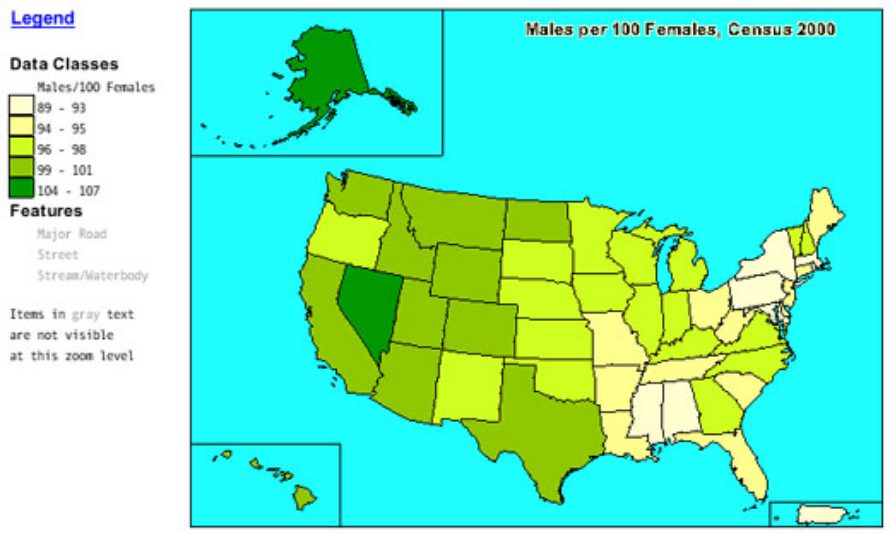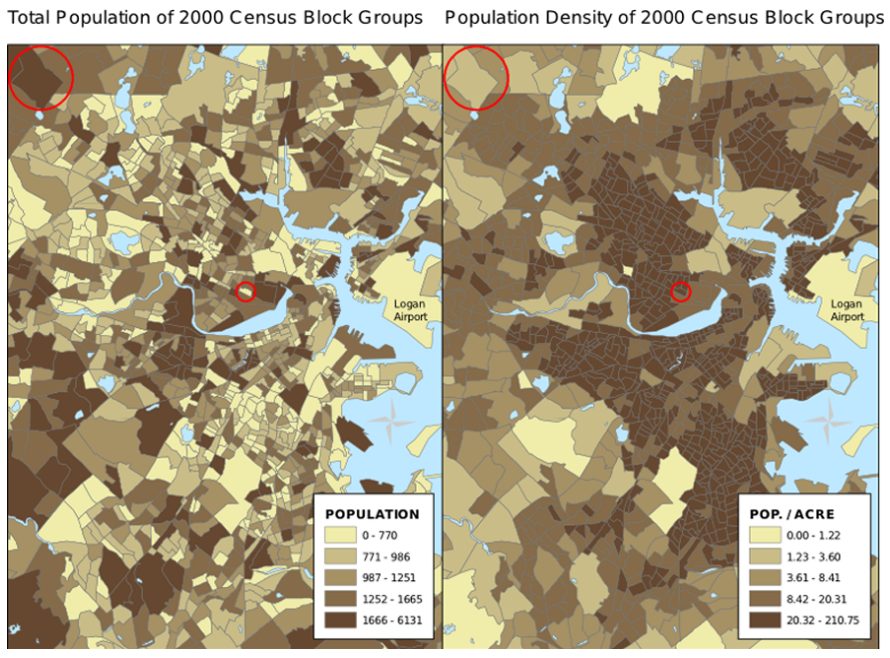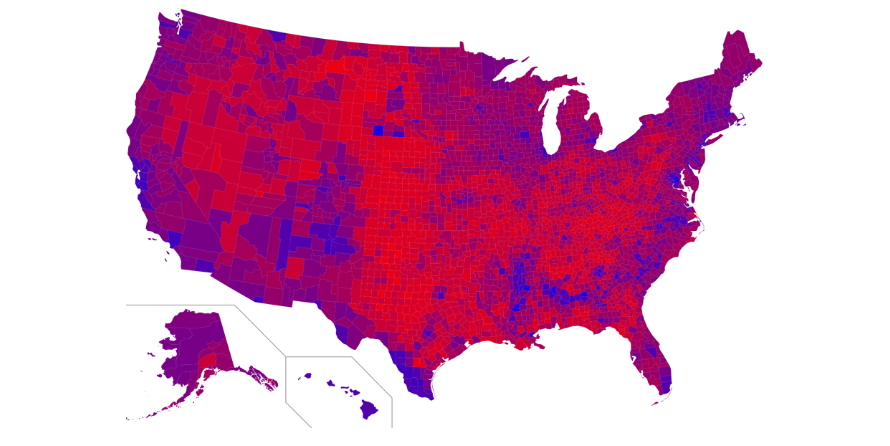A choropleth map is a thematic map in which areas are shaded or patterned in proportion to the measurement of the statistical variable being displayed on the map, such as population density or per-capita income. Choropleth maps provide an easy way to visualize how a measurement varies across a geographic area or show the level of variability within a region. Similar to a heatmap with geographic boundaries, much of the data used in choropleths come from socioeconomic data, like population or crime statistics.
[chartdesc]
History of Choropleth
The first choropleth map was created by Charles Dupin in 1826 to depict literacy by the Department in France. Hence, they became popularly referred to as “cartes teintées” or “color maps” as per their French origins. However, the term “choropleth” was later introduced in the mid-20th century by John Kirtland Wright, he being the first person to create rules for using thematic maps. In his paper, “Problems in Population Mapping,” by the American Geographical Society it is evident that choropleth maps were used to solve a gap in social and economic mapping. Choropleth maps became popular as unlike area-class and isarithmic maps, in which region boundaries are defined by data patterns, here statistical data was aggregated over previously defined regions (e.g., counties).
[chartimg]
When to Use a Choropleth
1Useful when visualizing a variable and how it changes across defined regions or geopolitical areas
Use a choropleth diagram to represent a data variable through color progression across each region of the map. These can vary from being a blending from one color to another, a single hue progression, transparent to opaque, light to dark, or an entire color spectrum. In a choropleth map, color can be used to represent distinct attributes or to represent the weight of a value. This is useful when you have data attached to an enumeration unit and want to show both overall geographic patterns and to make it relatively easy for map readers to extract specific data rates from the map.

2Useful to represent data which is standardized to show ratios
Use a choropleth map when your data is standardized to show rates or ratios (and does not contain raw data/counts, ideally used in bar graphs) as ratios are a continuous statistical surface thus, are appropriate for choropleth maps. Thematic maps are used to show relations, where in most cases the denominator in the ratio is an area. However, ratio numbers can also be calculated from two non-area-related values, where the absolute numbers somehow have to be in relation to their reference area, to allow for correlation and comparison to be made possible.

3Shows classes to compare or represent an overall geographic pattern
Use classed choropleth maps when you need subjectivity to your work, a clear sense of discrimination and comparison to make decisions. In such a situation some details can be eliminated and hence data is grouped into classes making classed choropleth maps a very popular and reliable way to represent the world. Use unclassed choropleth maps whenever you want a less filtered view of your data, when a good classification scheme does not do justice to the data and/or when the map is made specifically to highlight overall geographic patterns.

Types of choropleths
1. Classed choropleths
A classified choropleth map presents data ranges with an associated color where data is segregated into various classes, allowing one to filter down data, for easier comprehension and comparison.
2. Unclassed choropleths
First proposed by Waldo Tobler in the early 1970s, an unclassed choropleth map allows each unique data value to get a unique color, letting the data speak for itself while allowing even subtle differences between places to emerge as subtle differences in color.
When Not to Use a Choropleth
1Ill-suited for accuracy
One downside to the use of color is that you can’t accurately read or compare values from the map. Because the data must be in ratio standardization and relate to a defined physical area, much of the specifics of the data become lost, as the map only represents the average of what is occurring in these pre-defined physical units.
Another issue is that larger regions appear more emphasized than smaller ones, so the viewer’s perception of the shaded values is affected.
2When a comparison between data that is absolute or not tied to geographical units is required
A common error in any choropleth map is the use of raw data values to represent magnitude rather than normalized values to produce a map of densities. This is problematic because the eye naturally integrates over areas of the same color, giving undue prominence to larger polygons of moderate magnitude and minimizing the significance of smaller polygons with high magnitudes. There is also a misuse of the thematic map if the geographic phenomena being mapped aren’t intrinsically tied to enumeration units. For example, communicable diseases, soil types, or age demographics don’t care much about county lines or zip codes, and rarely do they change abruptly at those human-created boundaries as compared to other attributes like taxes.